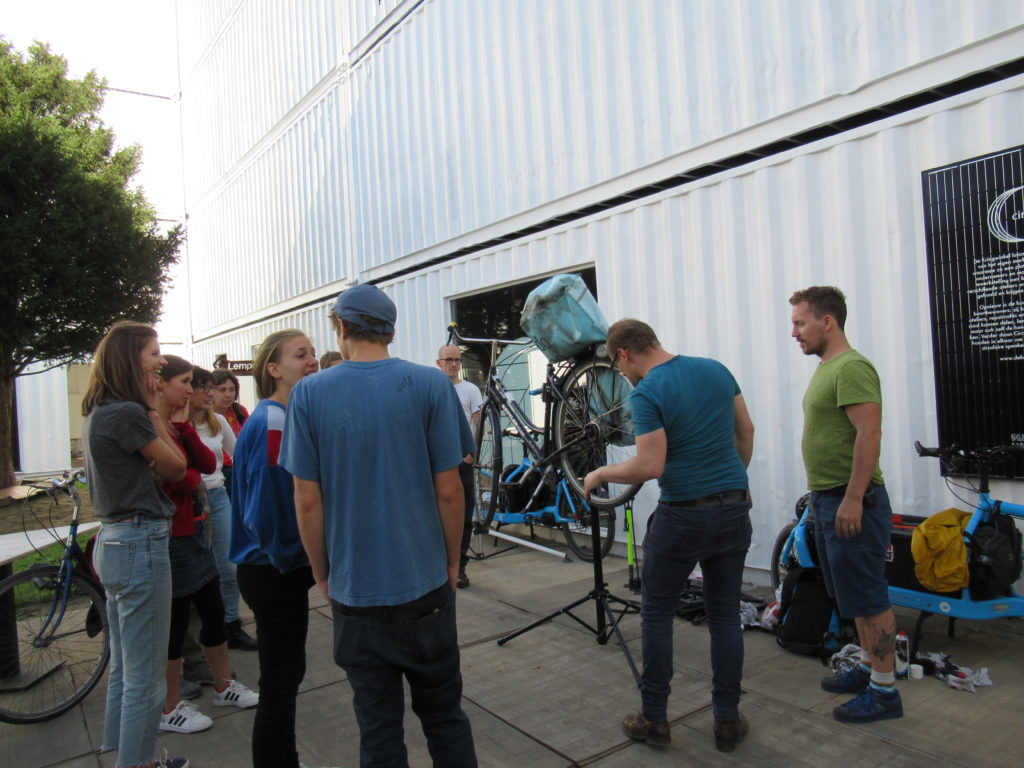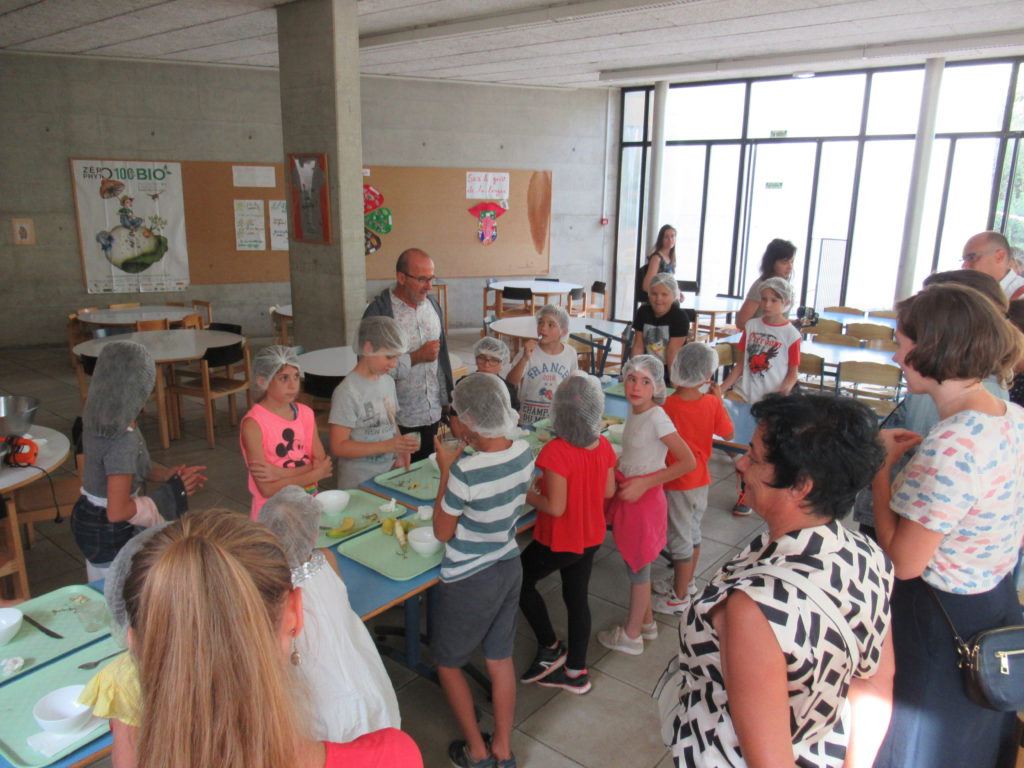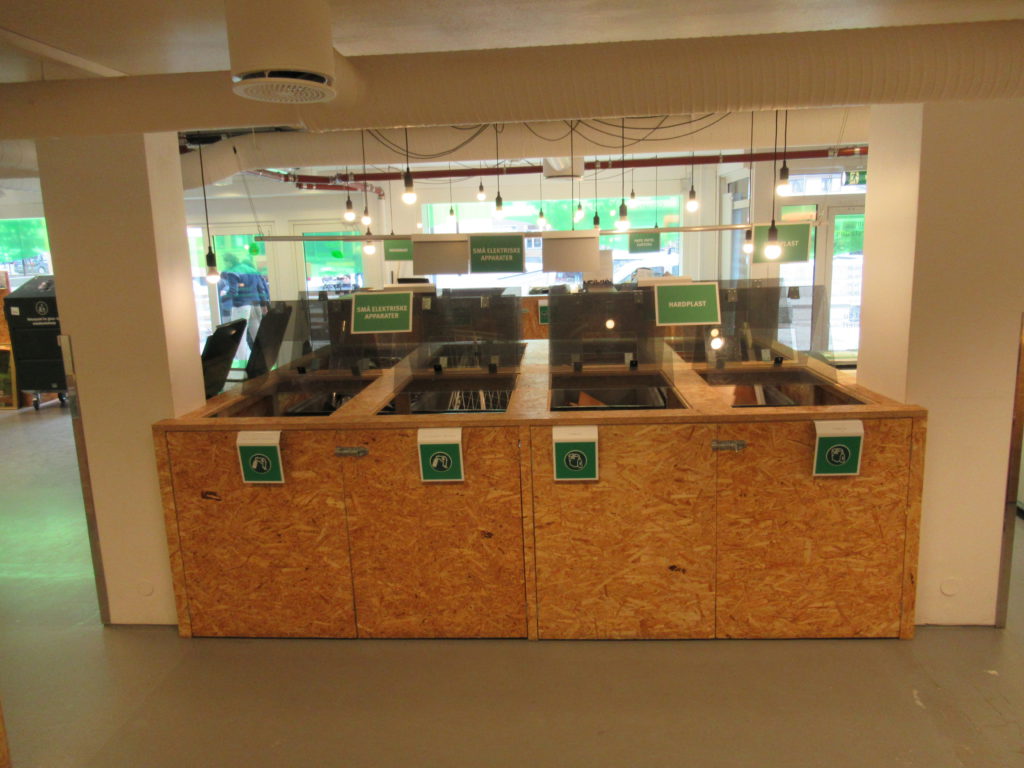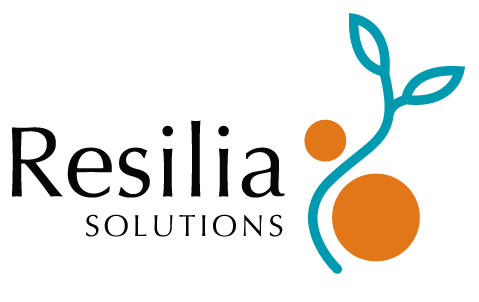
Who hasn’t tried to get rid of old habits, whether in relation to the way we eat, sleep, interact with each other, work, travel, or do sports? Who hasn’t ever faced the difficulty of moving away from anchored routines to newly adopted ones? Who has ever struggled to unravel the complexity of the psychological but also social, technological and infrastructure-related mechanisms that make it difficult to transition?
Changing is, indeed, difficult. Adopting new consumption practices in order to support transition towards a low-carbon society is even more difficult in this “Consumer Society”. As Zygmunt Baumann detailed in the 2007 “Consuming Life”, our space is an entangled web where social life politics and democracy, social divisions and stratification, communities and partnerships, identity building, the production and use of knowledge, and value preferences are entangled. Yet, it is crucial that we now, as citizens, change the way we consume according to the UN Sustainable Development Goal 12 and as recently emphasised in the IPCC Special report on Global Warming of 1.5 ºC.
Supporting citizens in their consumption transition has been at the core of public policies for decades and is a constant challenge – as well as a realm for experimentation. 3 European initiatives: URBACT, UIA and the Urban Agenda Partnership on Circular Economy give an insight into key approaches in the way European cities are frontrunners, supporting citizens in their transition towards more sustainable consumption practices.

Identifying a key topical entry: a food story
Mouans-Sartoux (FR) is the lead partner of the BioCanteens URBACT network, transferring its practice of a 100% organic canteen. One key element for this shift is behavioural change and the education of children, as well as of their parents. This is done thanks to food education which includes making choices between portion sizes at the canteen (to empower them in identifying the right amount of food they require), tasting and cooking classes, gardening activities and visits to the municipal farm, as well as a special food and health program aimed at shifting families’ habits to eating local and organic food. With the support of a survey of consumers’ habits, it is part of a more integrated method.
“By focusing on school canteens, we are trying to develop a comprehensive approach to support new food habits of the children of Mouans-Sartoux, as well as for their parents: combining fighting foodwaste, training of kitchen staff, reducing costs, developing local economy, supporting sustainable urban planning and agricultural land use, and with a complete governance system composed of a food territorial management – as well as the creation of the Centre for Sustainable Food and Education (MEAD)”, says Gilles Pérole, elected representative of Mouans-Sartoux.
Let’s play! Using gamification as an incentive for new ways of consuming
Making recycling and re-use fun but also rewarding is the approach Santiago de Compostela (ES) is developing in its Tropa Verde URBACT transfer network. Citizens recycle and receive tokens (green points, civic and social centres, recovery points, etc.), they can exchange for sustainable – non production intensive – gifts, such as public transport tickets, haircuts, or meals. Partner shops are integrated in the daily lives of citizens, making participation easy, interactive and fun. A multimedia platform enables them to identify local shops in which the exchange can take place: it is the central point for interaction, easily accessible, but also transferrable to other cities to adapt to their local circumstances. Finally, this practice is making citizens responsible in their recycling habits, but also in a move towards more circular attitudes in other areas of their lives.
Combining online and offline activities
In Antwerp (BE), the City Administration took the opportunity of the development of a newly created district, the New South district, to position circularity as a community challenge. The plan? To engage its new residents in co-creating both online and offline initiatives to change their behaviours, in relation to energy and water consumption as well as to waste management. The UIA Antwerp Circular South project has enabled developing technical solutions such as photovoltaics, storage batteries, smart grids, smart meters and individual dashboards too. Local inhabitants experiment behavioural nudging, while receiving cues to adapt their consumption behaviour of energy, water and waste in the most ideal circular way. Circular behaviours will be automatically rewarded by an alternative online currency, the “circular coin”, through a blockchain – based reward and exchange system. Some of the most engaged Circular South participants will form a local energy community co-owning an innovative collective energy system. In addition, a Circular South community centre – the so-called CIRCUIT, has been set up to host a number of initiatives related to sharing, repairing and reusing activities. As Gabriëlle Van Zoeren, former project coordinator, said “nothing of what we do is new: our innovation is to bring it together and especially to combine the online and offline activities!”.

Developing new ecosystems
The city of Oslo (NO) has led the work on the Urban Agenda Partnership on Circular Economy including a series of meetings and projects within the frame of the multi-level governance, as well as a catalogue mapping existing Urban Resource Centres: the “local approaches to waste prevention, re-use, repair and recycling in a circular economy” (to be published and shared before the Summer 2019).
The catalogue presents and reviews critical success factors and transferrable qualities, of the resource centres. Their functions can be social (job creation, engaging the community in responsible consumption and disposal, or improved quality of life), economic (transformation of industrial sectors, entrepreneurship and new business models or co-creation in a circular economy) or environmental (waste prevention, waste management or boosting the market for secondary raw materials). They can be public, private or public-private. Creating such resource centres entails developing new ecosystems that can be useful for citizens. Yet, they are facing barriers such as access to space, legislation, waste quality, communication, reporting or funding. At the same time, they benefit from technology, stakeholder engagement, co-location, political support and strong links to the social economy. The city of Oslo is currently seeking to take this work forward with a follow-up network of peer-learning and exchange.
Is a circular economy approach the way forward?
Grassroots initiatives, market-based solutions and research are the bases for the above-mentioned cases. Yet, public authorities are steering these processes by experimenting new approaches, bringing them together, and supporting learning across the EU. As such, local public authorities have a key role to play in ensuring that an increasing number of projects are developed and evaluated for the concrete and operational change of consumer practices.
All 3 cases also show the need to adopt integrated approaches: in terms of topics, methodology, governance, stakeholders and territories. Circular economy is more than a buzzword. It is an overall encompassing approach. It could help cities develop projects, which support citizens to adopt new consumption habits and which encourage transition towards a new economic ecosystem, with the potential to offer long-lasting economic, environmental and social benefits.
Reposted from the URBACT website.
